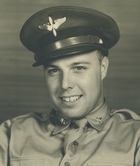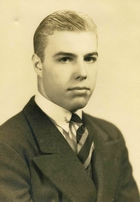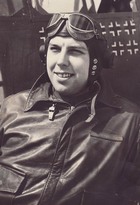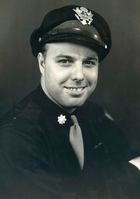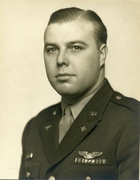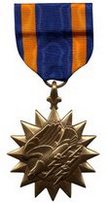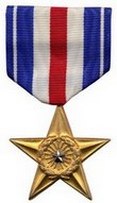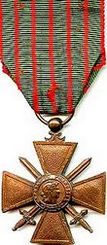Bob Stephens
| Date and Place of Birth: | September 16, 1921 St Louis, MO |
| Date and Place of Death: | April 6, 1960 Cannon AFB, Clovis, NM |
| Baseball Experience: | Minor League |
| Position: | Pitcher |
| Rank: | Colonel |
| Military Unit: | Director of Inspection for Tactical Air Command, USAF |
| Area Served: | European Theater of Operations and United States |
Bob Stephens’ baseball career was interrupted by military service after just one season, but he wasn’t about to let that stop him from reaching for the sky. As a P-51 Mustang pilot, Stephens shot down 13 enemy fighters, attained the rank of lieutenant-colonel before his 24th birthday and served with the Air Force for 18 years. However, the seemingly unstoppable Missourian’s life was tragically cut short on what should have been a routine flight in April 1960.
Robert W. Stephens was born on September 16, 1921 in St. Louis,
Missouri. The son of John (a Switch Master with the Missouri Pacific
Railroad) and Bertilla Stephens, he grew up on Pernod Avenue in south
St. Louis in a small, one-bedroom apartment which meant young Bob had to
sleep on the couch. He attended Roosevelt High School where he lettered
in baseball and football, and also ran track at Roosevelt. A pitcher and
shortstop, he was playing sandlot ball after school and despite hailing
from a city that boasted two major league teams at the time, he was
signed by the Boston Braves in June 1941 to a contract with the
Evansville Bees of the Three-I League.
Evansville promptly assigned the young right-hander to the Bowling Green
Barons of the Class D Kitty League (the nickname given to the K-I-T
League, which was short for the Kentucky-Illinois-Tennessee League).
Bowling Green is in south central Kentucky, about 300 miles southeast of
St. Louis, and professional baseball had come to the town in 1939 when
Vick Smith, Sr. - a local businessman - bought the Lexington (TN) Bees
franchise.
At a time when Bowling Green was an isolated community due to poor
highway connections, ballgames and the movies were the biggest things in
town. The Barons could always expect a good crowd at the Fairgrounds
Stadium in Lampkin Park and they didn’t disappoint the fans by finishing
second in 1939 and winning the Kitty League pennant in 1940.
When Stephens joined the Barons in June 1941, 40-year-old Ossie Bluege –
who had an 18-year major league career as an infielder with the
Washington Senators - was the manager and Ossie’s brother, Otto, an
infielder with the Reds in the early 1930s, was playing his last season
of pro ball as the Barons’ shortstop. The 1941 Barons, with only two
players returning from the previous year’s pennant-winning squad, had
gotten off to a slow start and were sitting in the league basement.
Having dropped 11 of their last 12 games, Ossie was fired as manager in
late June, and another former big leaguer, 40-year-old outfielder Mel
Simons - who played with the White Sox in the early 1930s – took over as
skipper of the club.
Stephens had a steady rookie season with the seventh-placed Barons. He
made his first appearance as a relief pitcher against the Fulton (KY)
Tigers on June 13 in a 9-1 loss. His first start came on June 26 against
the Jackson (TN) Generals and it was an impressive showing; going the
distance he shutout the Generals after the first inning allowing eight
hits in a 6-3 win. He was the starting pitcher again on July 5 in a 5-4
win over the Union City (TN) Greyhounds and followed that up on July 15
as the starter in a 7-2 win against the Paducah (KY) Indians. The
following night – the same night future Hall of Famer Joe DiMaggio hit
in his record-setting 56th and final consecutive game – Stephens helped
the Barons beat Paducah, 6-2, with a relief appearance. During August he
helped beat the Owensboro (KY) Oilers and Paducah, while making relief
appearances in losses to Jackson, the Mayfield (KY) Browns and the
Hopkinsville (KY) Hoppers. He beat Mayfield, 5-4, on September 1 and his
final appearance of the season came on September 4 as a reliever in a
13-inning, 10-9, loss to Hopkinsville.
In 23 appearances on the mound he was 5-6 with 43 strikeouts in 127
innings, and his earned run average was a respectable 3.97 (second best
on the team).
It looked like the young Missourian had a promising career ahead of him
but 1941 was to be his only season in professional baseball. On December
7, 1941, peace in the United States came to an abrupt end as the
Japanese launched a devastating surprise attack on Pearl Harbor that
sank or damaged 18 warships of the United States Pacific Fleet and
claimed over 2,000 lives. Initial word of the attack was broadcast on
radios across the mainland about an hour and a half after it began.
Unlike previous wars, in which much greater time passed before
dispatches from distant battlefields reached home, Americans knew they
were at war while the bombs were still falling. The day of instant
journalism had arrived and Pearl Harbor, at the time a place few
Americans could point to on a map, instantly and lastingly became a
household name.
Pearl Harbor sent the nation into a wave of overwhelming patriotism.
There was an immediate rush to enlist and Bob Stephens entered military
service with the Army Air Corps on February 19, 1942 (the Barons
disbanded with the collapse of the Kitty League in June of the same year
as the war took its toll on available manpower).
Just 20 years old, Stephens began training as a pilot in March 1942.
Primary flight training in a Stearman PT-13B Kaydet biplane commenced on
March 31 at Cal-Aero Academy, an independent flying school based at
Ontario, California. After completing 60 flying hours he advanced to
Basic instruction in June 1942 in the Vultee BT-15 Valiant, including
cross-country, instrument and formation flying. Having completed 70
hours flying time he then transferred to Luke Field, near Glendale,
Arizona at the end of July 1942 for Advanced instruction. Flying the
North American AT-6A Texan, Aviation Cadet Stephens training included
flights to Prescott, Yuma, Blythe and Tucson.
On September 29, 1942, about the same time he would have been winding up
his second season in professional baseball, Bob Stephens earned his
wings and an Army Air Force commission at Luke Field.
Eager to get his hands on a real fighter plane, Stephens began
transition training on the Bell P-39D Airacobra in October. One of the
principal American fighter airplanes in service at the start of the war,
the Airacobra was the first fighter in history with a tricycle
undercarriage and the first to have the engine installed in the center
fuselage, behind the pilot.
In January 1943, Stephens joined the newly formed 355th Fighter Squadron
- with its distinctive “Pugnacious Pup” insignia – at the Tonopah
Bombing and Gunnery Range in Nevada. The 355th were assigned to Hayward
Army Air Field on the eastern shore of the San Francisco Bay in the
following months for further intensive training before relocating to
Portland Army Air Base, Oregon, in May 1943, as part of the Northwest
defensive setup and on alert for possible attack by the Japanese.
During this time, fate played a very unusual part in bringing Bob
Stephens together with local girl, Adele Steinbart. Adele and her best
friend, Mary, were working in downtown Portland. Mary was dating a guy
who was transferred to a military base in Florida. So, for Easter she
sent him a live rabbit. The gentleman in question promptly responded by
sending Mary a live three-foot alligator in a long box. When Mary
received the alligator she didn’t know what to do with it so she called
Adele for help. Adele suggested the alligator could be given to Mary’s
sister, who was married with two children, and happened to live about
two blocks from the main gate at Portland Army Air Base. When they
arrived, the sister refused to have the alligator in the house, so Adele
and Mary walked over to the base and called the Officers Club to see if
there might be any takers. Adele made the phone call and it was Bob
Stephens who answered. He and another officer came out to the gate to
meet the girls and the alligator. The two officers had a friend with the
nickname “Alhambra Alligator” and they thought it would be great fun to
put the alligator in his bed. They took the animal from Adele and Mary,
and told them that they would be back at the gate in about 20 minutes.
When the officers returned, Adele asked them if they wanted to come over
to her parents’ house for some roast beef sandwiches. Over the next few
weeks, Adele and Bob began seeing each other and a romance soon
blossomed.
During the summer of 1943, the pilots of the 355th had no idea if they
and their P-39s were destined to be fighting against the Japanese in the
Pacific or the Germans in Europe and North Africa. In October 1943, the
squadron departed from Portland by train and made its way across the
United States to Camp Kilmer, New Jersey. They were headed for Europe
and on October 20, the squadron departed aboard the liner Athlone Castle
as part of a large convoy bound for Great Britain. Two weeks later, the
Athlone Castle docked at Liverpool in northwest England.
Home for the 355th Fighter Squadron, as part of the 354th Fighter Group,
Ninth Air Force, was to be Boxted Airfield (USAAF Station AAF-150),
approximately four miles northeast of Colchester, Essex, in eastern
England. The airfield had been vacated by the 386th Bomb Group in
September and had a main runway 6,000 feet long and two intersecting
runways that were 4,200 feet each in length.
Great excitement surrounded the squadron when they learned they would be
flying the new Mustang fighter planes. The North American P-51B Mustang
was capable of 430 mph at 25,000 feet. Armed with four .50 caliber
machine guns mounted in the wings and with a reliable engine and a huge
fuel load, it could accompany Eighth Air Force B-17 Flying Fortresses
and B-24 Liberators all the way to Germany and back.
Stephens began transition training on the P-51 on November 9, 1943, and
on December 1, he made his first fighter sweep across the English
Channel to German-occupied Holland. On December 5, Stephens performed
his first bomber escort, accompanying Allied bombers to Paris, France.
Over the next few days he escorted bombers to Kiel and Bremen in
Germany.
On December 20, Stephens encountered enemy fighters while escorting
bombers to Bremen and damaged a Messerschmitt Me 109. On December 31, he
shot down his first Me 109 while escorting B-24 Liberators to Bordeaux,
France. Upon returning to Boxted, First Lieutenant Stephens had to file
an “Encounter Report” to claim the destroyed airplane. “Our squadron, in
which I was blue flight leader, was flying at an altitude of 25,000 feet
approximately 5,000 feet above the bombers,” his report stated that day.
“I noticed a straggler (B-24) being attacked by three (3) Me 109’s. I
reported this to my squadron leader and went to the assistance of the
straggler. As we dove the bomber was hit and started to spin down, the
E/A began to circle the bomber and I picked out my target, joined the
circle, closed to about two hundred (200) feet and gave him a three (3)
second burst. He went to pieces and I saw smoke coming out of the
cockpit, another two (2) second burst and he exploded. He took no
evasive action.”
Stephens destroyed another Me 109 on January 11, 1944, and claimed a
further five enemy planes during February, including a Messerschmitt Me
110 twin-engine heavy fighter on February 21 and a twin-engine
Messerschmitt Me 410 while escorting bombers on February 22. “I saw a
straggler being attacked by three Me 410s,” he reported upon his return
to base. “Picking out one of the ‘410s as my target, I worked in behind
him. He saw me and started a steep spiral down. Following him, I gave
him a few short bursts. Observing no strikes, I pulled off him at 12,000
feet. I circled around once more and saw that the same ‘410 was climbing
back up towards the box of bombers. I waited for him and got behind him,
this time unnoticed. With only one gun firing, I shot several long
bursts before I saw strikes on his left engine nacelle. Then the engine
blew up and the plane caught fire. I closed in, still firing, and
observed more strikes all over the fuselage. Pulling up so as to avoid
running into him, I rolled left to see the entire ‘410 engulfed in
flames.”
At around this time, he also experienced one of his most
life-threatening encounters of the war. After a long engagement with
enemy fighters, Stephens’ Mustang had run out of ammunition and a German
fighter came after him. “I was watching the Hun’s eyes as we flew side
by side and slowly drew near to him until we were wingtip to wingtip,”
he told a Stars and Stripes reporter. “Then he pulled up trying to make
me get ahead and in line with his guns. I throttled back and then we
both peeled off. I had driven him off and then one of my squadron got
him.” Records show the German fighter was an Me 110 and it was First
Lieutenant Lowell K. Brueland who came to the rescue and shot him down.
On April 1, 1944, Captain Stephens was appointed commander of the 355th
Fighter Squadron. He destroyed a Focke-Wulf Fw 190 fighter plane on
April 9 and claimed another on April 29 while on a five-hour bomber
escort to Berlin.
The 354th Fighter Group left the relative comfort of Boxted and moved
further south at the end of the month to provide tactical air support to
the imminent invasion of France. Living in tents and flying from the
steel matting runway of Lashenden Advanced Landing Ground, near
Headcorn, Kent, Captain Stephens claimed his third Fw 190 on May 9. On
June 4 he led the squadron on a dive-bombing mission against a railroad
junction at Bourges, France. As the Mustangs came off the target they
spotted an unusual sight. A Focke-Wulf Fw 56
trainer was performing
aerobatics in their full view. Stephens gave the trainer a short burst
with his guns which promptly took its landing gear off, and then two
other Mustangs attacked the little plane and turned it into a fireball.
On D-Day, June 6, 1944, Stephens was escorting C-47s and their gliders
to the Utah Beach area and continued providing support as the Allied
forces moved inland over the coming months. On June 14, he got his first
flight in the new P-51D Mustang, which, with its distinctive bubble-top
canopy, became one of the most iconic fighter planes of the war.
By mid-June, the 355th Fighter Squadron was operating from an airfield
known simply as A-2, near Cricqueville in Normandy. Stephens destroyed
another Fw 190 on June 17, flying his faithful P-51B, appropriately
nicknamed “Killer”, and claimed another for his 10th kill on July 17
during a fighter sweep near Paris.
“My dad really liked to box,” explains his son, Jeff Stephens, “and he
participated in this sport, as an amateur while growing up. He lost very
few of his boxing matches and usually won by TKOs. The nick-name
“Killer” was given to him by a friend of his fathers for his success in
the ring. When the time came to name his airplane, my grandfather
suggested he name is plane “Killer”, which my father did. After the war,
his passion for boxing continued, as he usually had body bags and speed
bags hanging up in the garage.”
On July 27, the squadron fully converted to the P-51D and moved to Gael
Aerodrome, a former Luftwaffe base in Brittany, in mid-August 1944.
On August 9, Stephens was promoted from captain to major. He celebrated
on August 25 by claiming his first kills in a P-51D with two Fw 190s
destroyed. On that day, the 355th Fighter Squadron earned a theater
record for in-the-air kills for one squadron in a day with 25 enemy
planes shot down.
August 28 was to be Stephens' last sortie in Europe after nine months in
the combat zone. In his typical style, he destroyed yet another Me 109
bringing his confirmed total to an incredible 13 kills and claiming his
position as leading ace of the 355th Fighter Squadron. During his time
in Europe, Major Stephens had flown over 233 hours during122 missions.
Stephens returned home to the United States in September 1944. He
enjoyed 20 days leave with his family in St. Louis and sent a telegram
to Adele in Portland asking her to come to St. Louis to get married.
Since leaving Portland for England almost a year earlier, the couple had
regularly written to each other. A few days later, Adele and her mother
arrived in St. Louis and they were married on October 24.
Still only 23 years old, Stephens attained the rank of
Lieutenant-Colonel in 1945 and was appointed chief of operations of the
1st Tactical Air Division at Esler Field in Alexandria, Louisiana. The
1st Tactical gave air support to ground units in training and
participated in air-ground maneuvers up until the surrender of Germany
and Japan.
Stephens had been out of baseball for four years by the end of 1945. As
an airman, he had climbed through the ranks at an astonishing rate and
chose the military as a post-war career. “Bob has made a great soldier
and flyer,” his mother told The Sporting News on June 7, 1945, “but if
it hadn’t been for the war, we think he also would have made a fine ball
player.”
Stephens went on to serve with the occupation forces in Germany, and in
Italy and Turkey; was promoted to Colonel in 1955; commanded the 12th
Flying Training Wing at Bergstrom Air Force Base, Texas, in 1956; the
413th Tactical Fighter Wing at George Air Force Base in California in
1958 and the 31st Fighter Wing, also at George AFB, in 1959.
By 1960, he was a father of three children and Director of Inspection
for Tactical Air Command, based at TAC Headquarters, Langley Air Force
Base, Virginia.
On April 6, 1960, 38-year-old Colonel Stephens was holding an
Operational Readiness Inspection on the 474th Tactical Fighter Wing at
Cannon Air Force Base in Clovis, New Mexico.
At around 12.15pm, he was seated in a North American F-100F Super Sabre
two-seater fighter on the runway at Cannon AFB. "My dad was in the back
seat and Lieutenant L.W. Emerson was the pilot,” explains Jeff Stephens.
“My dad was doing "a check ride" for the young lieutenant as part of his
inspection of the Fighter Base.”
First Lieutenant Lloyd Warren Emerson, a 27-year-old pilot with the
429th Tactical Fighter Squadron, made lift-off as normal but at an
altitude of about 300 feet and a speed of 190 miles per hour, the
afterburner failed. In an effort to avoid a crash Emerson dropped the
heavily loaded external fuel tanks which lightened the jet fighter
enough that it stayed in the air. His remaining power, however, was not
enough to keep the plane flying. With a group of buildings in his path,
Emerson made a sharp left turn causing his wingtip to hit a railroad
boxcar, flipping the airplane over and imminent impact with the ground,
instantly killing himself and Colonel Stephens.
During 18 years of service, Colonel Stephens had flown more than 3,300
hours and had been awarded the Silver Star, Distinguished Flying Cross,
Air Medal with 21 Oak Leaf Clusters, American Campaign Medal,
European-African-Middle Eastern Campaign Medal with four Bronze Service
Stars, World War II Victory Medal, Army of Occupation Medal with Germany
Clasp, National Defense Service Medal, Distinguished Unit Citation
Emblem with one Oak Leaf Cluster and Air Force Longevity Service Award
Ribbon with three Oak Leaf Clusters. In addition, he was awarded the
Croix de Guerre with Silver Gilt Star by the French Government.
During the summer of 1961, Robert Stephens’ father asked his nephew,
Lester Lurk and his wife Leanna, if they might name their
soon-to-be-born child after his late son. “Uncle Jack hesitantly asked
us, if we had a boy, would we name him after Robert,” recalls Lester.
“We immediately responded with a ‘yes’ as we were flattered with the
request. Although we really never knew him personally, we were so proud
to use the name because of the courageous life he lived."
Colonel Robert W. Stephens is buried at Jefferson Barracks National
Cemetery in St. Louis, Missouri.
A few words from his son, Jeff Stephens:
"For those of you who grew up in a military family, you know first-hand
what it was like not having a parent home on a regular basis, relocating
every 12 to 18 months, and not knowing when, or if, your father would
return home. Making the United States military a career is a “calling”
which not all Americans are capable of because of the required
sacrifices. I hope that each of you who read this bio, along with other
military bios, will stand up with me and salute those serving and pray
for those who have fallen. My Dad was a great guy, as I am sure your
father was also. Over the years we have missed him terribly.
"I can speak for the entire family in thanking that Gary for providing
us with information we never knew about my Dad, once he left home after
high school and started playing minor league baseball. For Gary’s
efforts we sincerely thank him for his research in putting this
biographical information together."
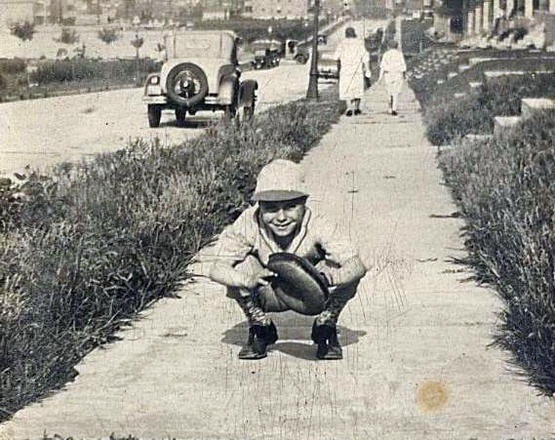
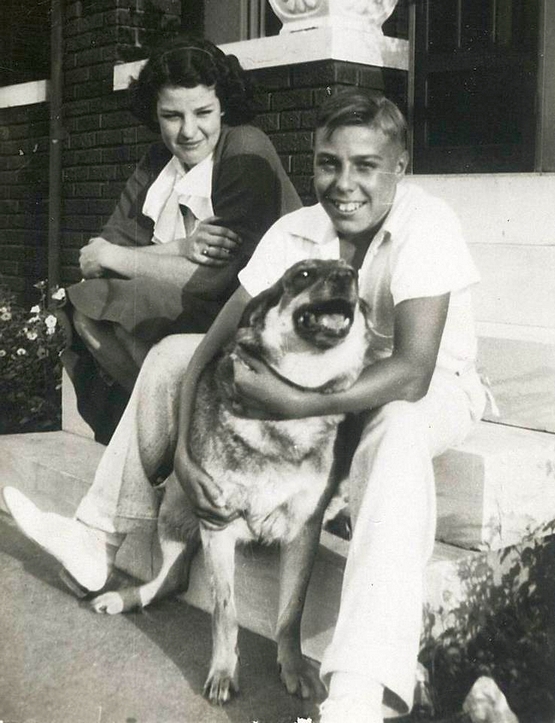
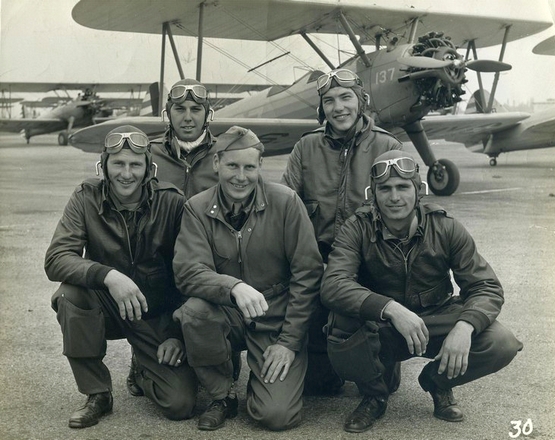
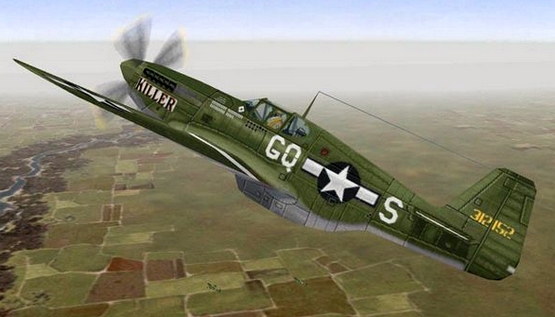
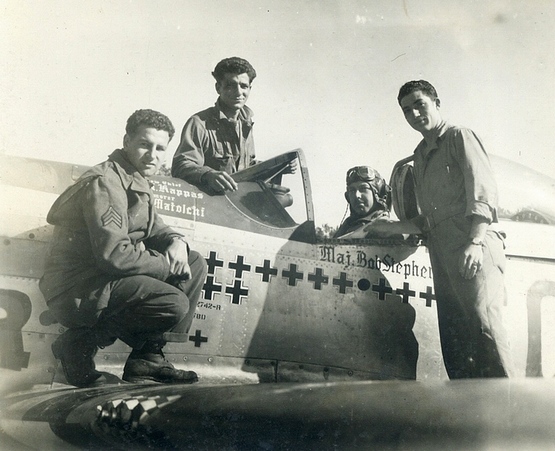
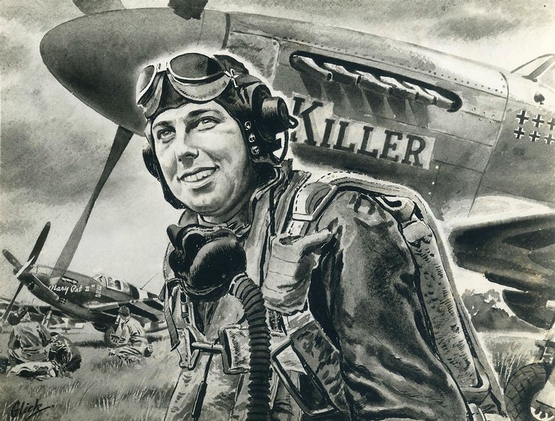
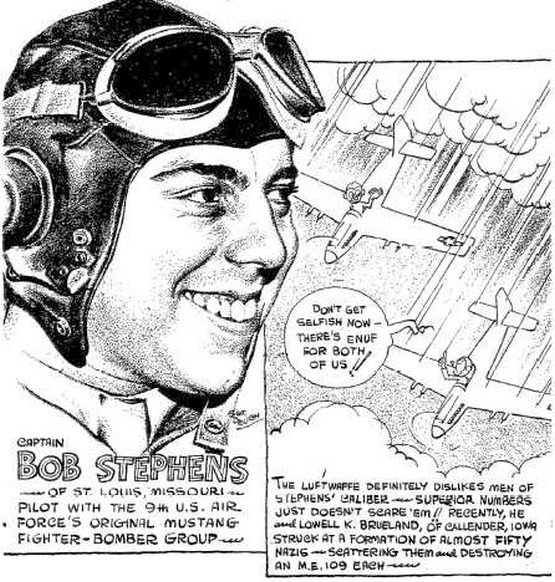
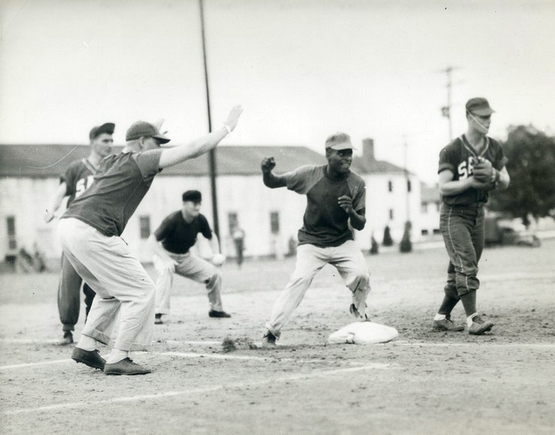
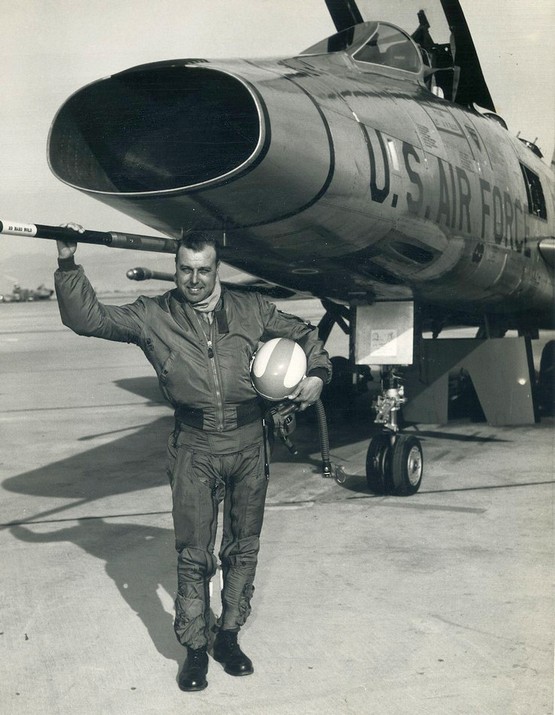
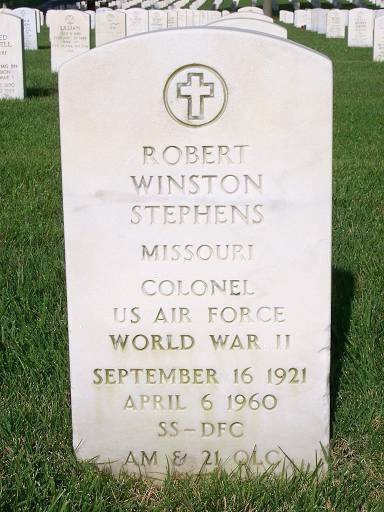
Sources
354th Fighter Group by William N. Hess, Osprey Publishing (Oxford, 2002)
Pugnacious Pups: 355th Fighter Squadron Log by 1/Lt. Donald F. Snow
Stars and Stripes newspaper 1944/1945
Clovis News Journal (1960)
The Sporting News (1944/1945)
Kentucky New Era (1941)
Park City Daily News (2004)
Robert W. Stephens log book (March 31, 1942 to September 5, 1944)
http://www.354thpmfg.com - 354th Pioneer Mustang Fighter Group
http://354thfightergroup.homestead.com - Pioneer Mustang Group
Family members of Robert W. Stephens
Thank you to Jeff Stephens for his time, generosity and support in helping to compile this biography about his father.
Date Added January 28, 2012 Updated March 21, 2013
Looking for Train the Trainer in Glasgow. Award-winning training for trainers from £650
Baseball's Greatest Sacrifice is associated with Baseball Almanac
Baseball's Greatest Sacrifice is proud to be sponsored by

